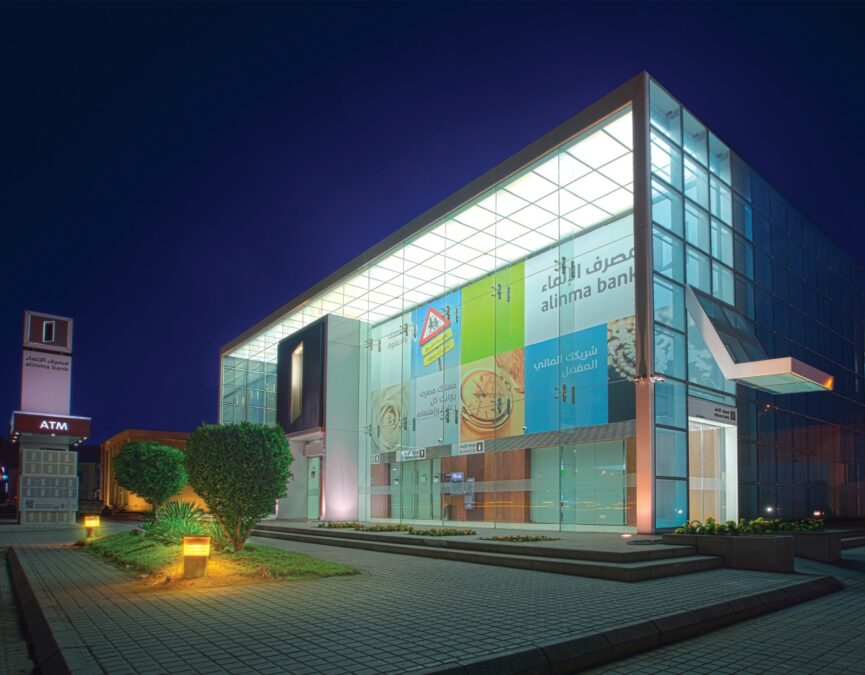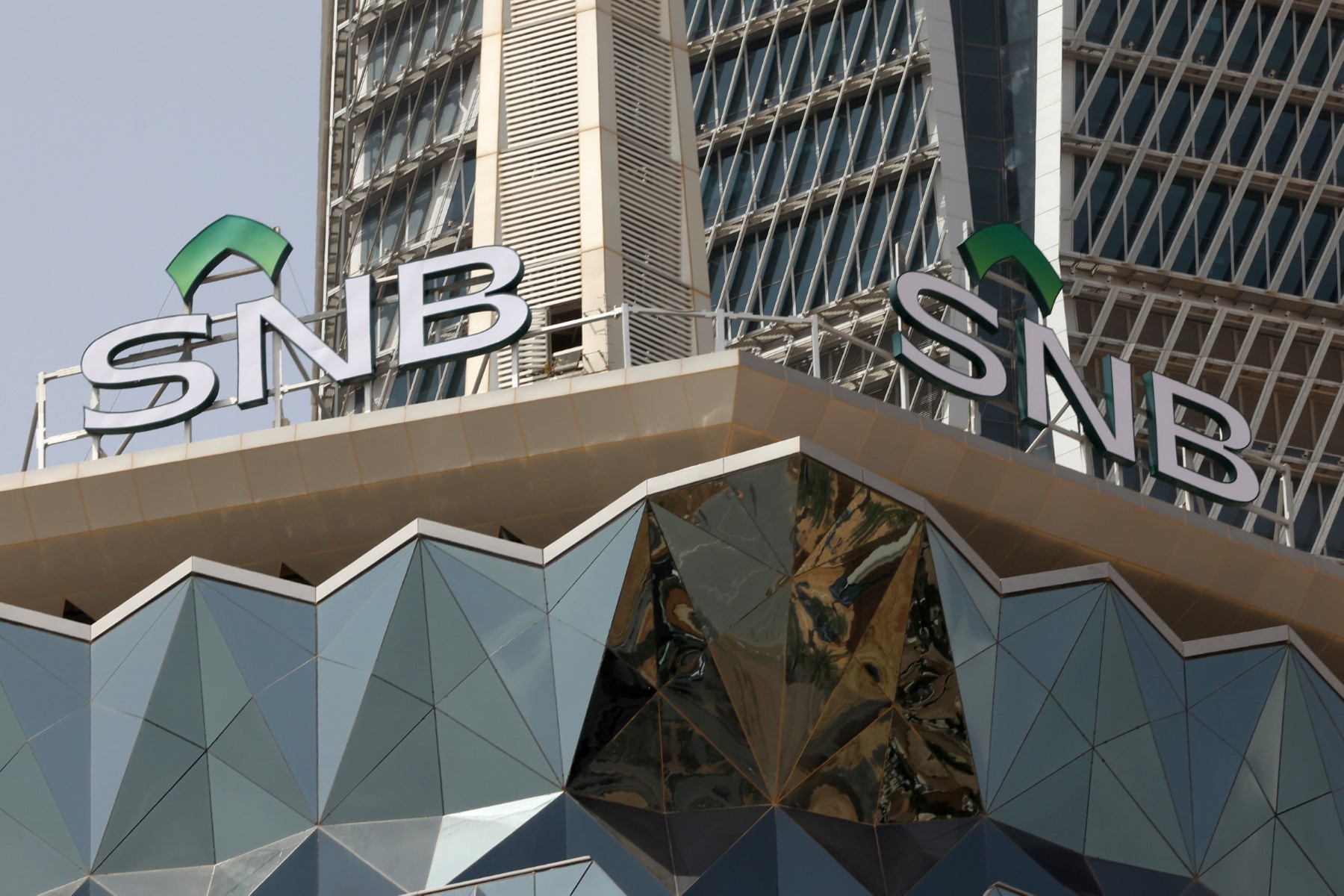Dubai, UAE – The profitability of Saudi Arabia’s top 10 lenders continues to be affected by slower growth in operating income and higher impairment charges, a report said.
Banking Pulse for Q1 2023, which was released by professional services firm Alvarez & Marsal (A&M), analyzed Saudi National Bank (SNB), Al Rajhi Bank, Riyad Bank (RIBL), Saudi British Bank (SABB), Banque Saudi Fransi (BSF), Arab National Bank (ANB), Alinma Bank, Bank Albilad (BALB), Saudi Investment Bank (SIB) and Bank Aljazira (BJAZ).
The report said that despite improvement in the cost-to-income ratio by 146 basis points (bps) quarter-on-quarter, higher impairment charges of 14.4 percent QoQ resulted in only a marginal growth in profitability, with net profit increasing by 2.7 percent from Q4 2022 to SAR 17.3 billion ($4.61 billion).
Return on equity declined by 67 bps to 15.2 percent, while return on assets remained stable at 2 percent.

Loans and advances increased by 3.2 percent, mainly driven by growth in corporate and wholesale banking. Deposits increased by 4.7 percent, reporting highest growth (6 percent) in time deposits. Operating income increased by 4.1 percent, primarily driven by growth (19 percent) in non-core income but the full impact was lower given the slower (0.5 percent) growth in total net interest income.
A&M said in a statement that using independently sourced published market data and 16 different metrics, its KSA Banking Pulse assesses banks’ key performance areas, including size, liquidity, income, operating efficiency, risk, profitability, and capital, tracking Q1 2023 results against Q4 2022.
Asad Ahmed, A&M Managing Director and Head of Middle East Financial Services, said, “We consider the Saudi banks’ capital position to be strong.”
He said A&M expects banks to face a slowdown in credit growth and a possible uptick in non-performing loans due to the higher interest rate environment. Saudi Central Bank (SAMA) has maintained its interest rates in line with the US Federal Reserve, and this is likely to continue, he said.
“The higher interest rate environment is causing customers to migrate to interest-bearing instruments that is likely to affect the cost of funding for some of the banks,” Ahmed said

